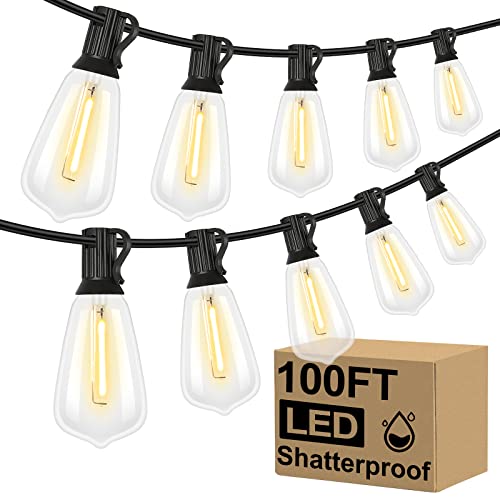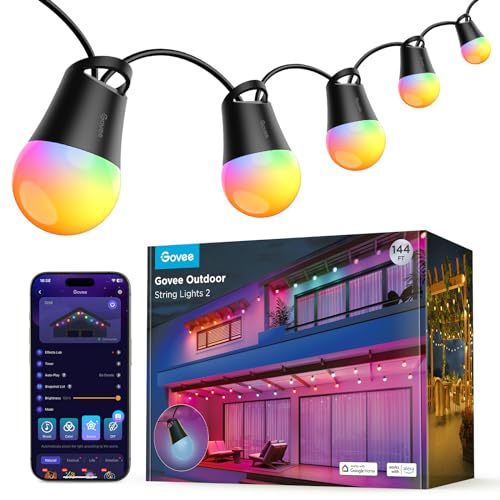How to light your garden for wildlife – expert tips on how you can stop your lights from harming little critters
I spoke to a landscape architect about how to best light your garden to protect local wildlife


Outdoor lighting is the perfect way to get the most out of your backyard. With good outdoor lighting, you can enjoy your garden for hours after sunset.
However, uplit trees and security lights can be incredibly harmful. Used incorrectly, even the best festoon lights can be a hazard to local wildlife. They can tangle up flying animals, confuse nocturnal animals, and even throw off feeding patterns.
I spoke to a landscape architect about the potential harm to wildlife from outdoor lighting - and how to light your garden without hurting an local critters.
How can garden lighting affect animals?
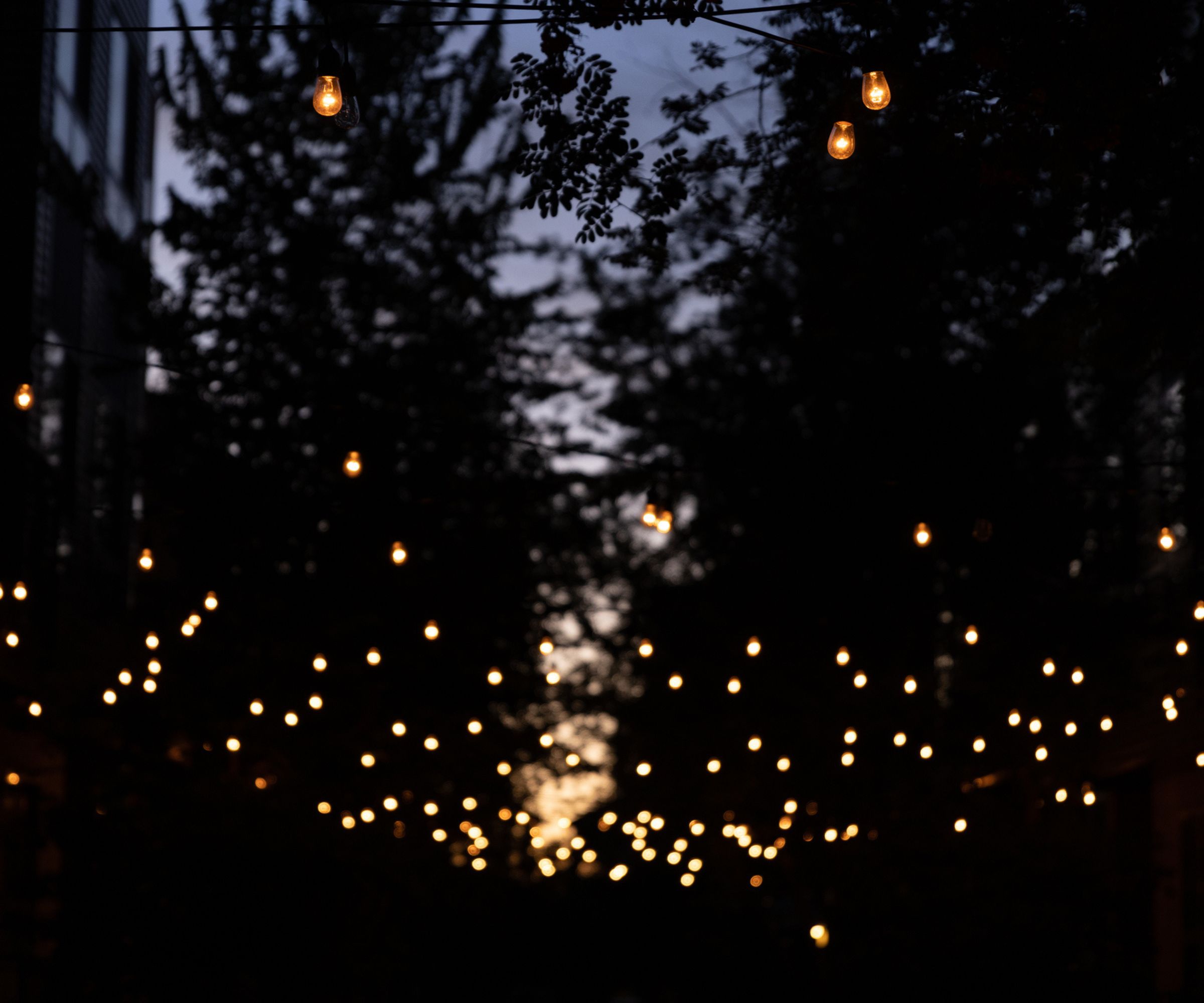
Outdoor light can be surprisingly harmful to animals, both nocturnal and diurnal. Garden expert Michael Clarke told me that 'Outdoor landscape lights, especially bright uplights that are used to accent features such as trees and buildings, can profoundly influence the natural surroundings for wildlife such as birds, insects, and nocturnal animals like raccoons, opossums, and hedgehogs, which can find these lights disruptive.'
Outdoor lights can throw off the circadian rhythm of diurnal and nocturnal animals, making them wake and sleep at the wrong times, which can limit their hunting or feeding time. Landscape lighting can make opossums sleep in, or convince songbirds to stay up late, throwing off their feeding times. It can even disrupt some animals' mating rituals.
These harmful effects on wildlife can also have knock-on effects on your yard. Michael Clarke says that 'Insects like moths and beetles, as well as frogs, can be attracted to these lights, creating issues outside of their usual environments.' With poorly-planned outdoor lighting, you could be inviting plagues of insects and amphibians into your yard.
Michael has a degree in landscape architecture and horticulture from the University of California Davis. He was previously the founder of a landscape development and maintenance company, where he provided complete landscape services to homeowners and commercial property owners and installation services for multi-million dollar municipality projects. He is the founder of Michael Clarke is the founder of Yardwork and Pulled, online platforms for everything home and garden.
Use warm, soft lighting for bats

The color of your lights can make a huge difference to local wildlife. The best color for your lights is warm orange or red light, like candlelight. There are several reasons for this. Light color is measured in Kelvin, and the higher the Kelvin, the whiter and bluer the light. High Kelvin lights - like spotlights and security lights - look a lot like daylight, which can confuse nocturnal animals.
Design expertise in your inbox – from inspiring decorating ideas and beautiful celebrity homes to practical gardening advice and shopping round-ups.
White and blue light can also be harmful to specific animals. High-Kelvin light is particularly harmful to bats. White lights attract insects, which draws them away from bats' usual hunting ground. Not only does that mean bats go hungry, but it means that local populations of mosquitos and moths can grow out of control, which can be a nuisance when you're sitting out on the patio in the evening.
Worse than that, white light can disorient or even blind bats. Though bats famously have poor eyesight, they aren't totally blind, and they're particularly sensitive to white-blue light. However, they're less affected by red light, and insects are less drawn to it, so it's much better for these animals.
Michael gave me a simple rule to follow. 'Warm-colored lights under 3000 Kelvin are best and tend to be less impactful on wildlife than cooler, blue-toned lights, which are more closely aligned with daylight.'
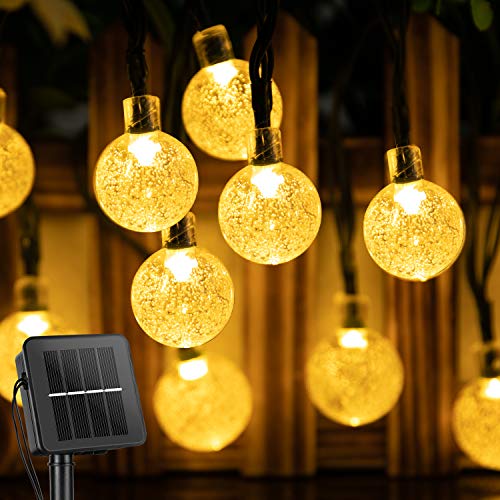
These are the best solar lights I've ever tested. Chinese-made, I've seen them listed on Amazon under several different names, but it's the same product. They're surprisingly great - unlike other cheap Amazon lights I've tested, these have lasted for years. I tried them years ago and they're still going strong after months of sun, snow, and rain. Best of all, they make a warm, golden glow that's perfect for wildlife.
Use dim lights so you don't wake sleeping animals

Bright light is particularly harmful because it unbalances the food chain. Bright light can reveal prey to predators and vice versa. Depending on local conditions, this means that predators can eat too many prey animals, or that prey animals can easily spot predators and escape. That can lead to surpluses of animals. If local birds of prey can't hunt mice, rats, and chipmunks in the night, you may find your garden overrun with rodents.
Bright light can also disrupt nocturnal pollinators like moths, and this can have a knock-on effect on your flowers. If moths are drawn to bright outdoor lights, they can't navigate from flower to flower, which can affect the pollination of nocturnal-flowering plants like phlox and evening primrose.
Stick to solar lights
Some types of lighting are safer for animals than others. Most experts recommend solar-powered string or festoon lights as the best type of lighting for local wildlife. They tend to use low-Kelvin LEDs rather than white light. They also tend to be dimmer than utility power, which isn't great for illuminating things, but perfect for local wildlife.
Best of all, solar lights run on a timer and they tend to run out of power in the darkest part of the night, which is great for limiting disruption to animals. However, be careful to wind them tightly in trees or taut across paths, because they can tangle up flying animals like birds and bats.
Use a dark-sky zone to stop light pollution

Outdoor lights should be as close to your home as possible to limit disruption. If they're close to your home, their impact is mitigated by the brighter light coming from your windows.
Michael Clarke recommends 'If possible, use downward facing path lights and very focused uplights to focus on specific areas and avoid having light spread horizontally and outward further than it needs to be.' This not only stops light from spreading too far, but it limits its effect on flying nocturnal animals.
Most important, however, is that you keep some areas of your garden in the dark. Michael Clarke says ''Try keeping some areas of your garden dark, without lights, to provide safe havens for wildlife and also help to create balance with brighter areas that are used more often.' This is essential so that local wildlife can hunt in the dark, and it's also better for the local area, helping to limit light pollution. With less light pollution, you have a better chance of sleeping well, and you can see the stars at night.
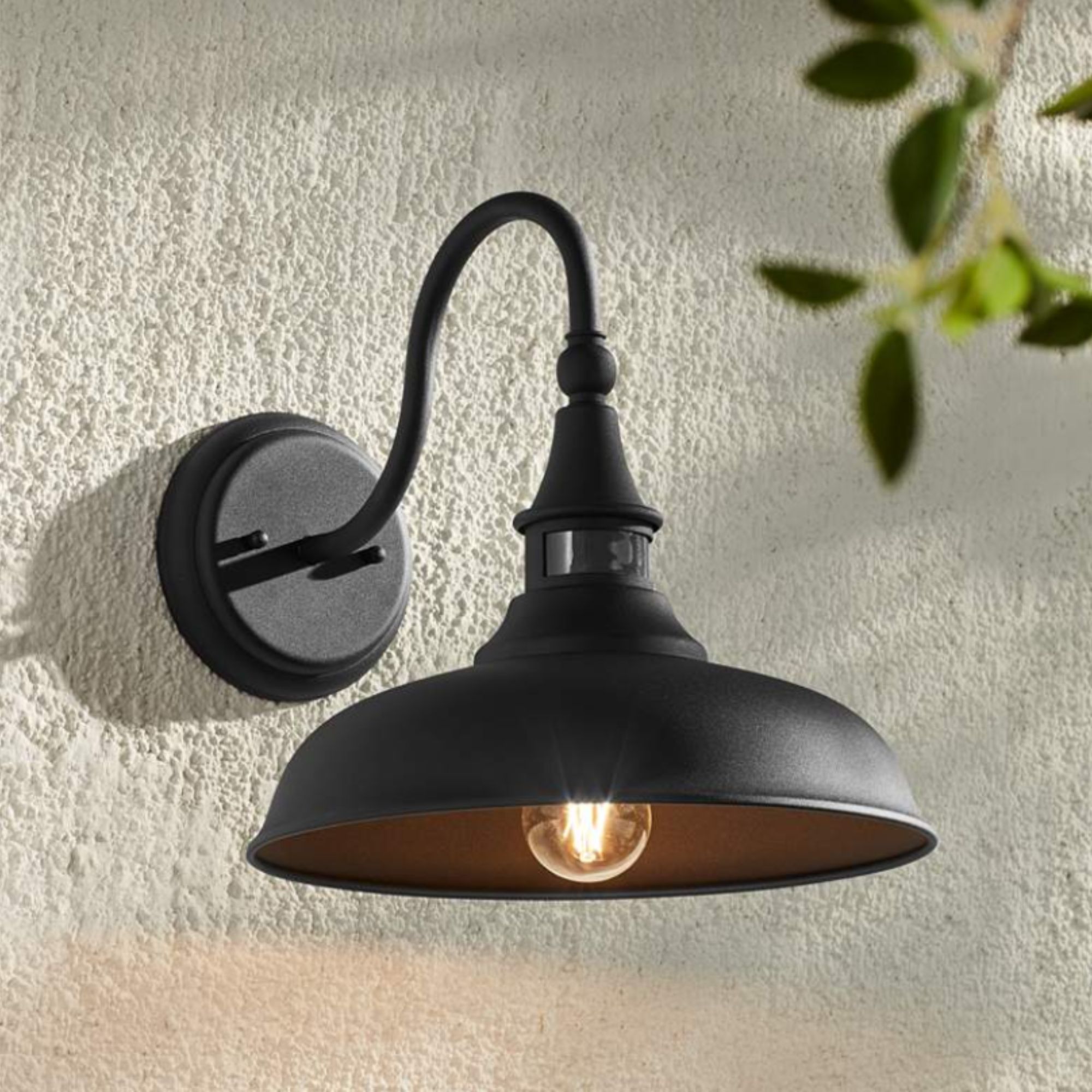
If you want wall lights, make sure they're hooded and face downwards like this black barn light. It also has motion sensors and light sensors; it will turn on at 25% brightness when it senses dusk, and will only reach its full brightness when it senses motion, so it's perfect for a porch or a back door.
Wildlife FAQ
Do citronella candles repel mosquitos?
Citronella candles are fairly effective, but only if you're sitting right next to them. What's more, it's not the citronella that repels mosquitos, but the smoke - you could acheive similar effects with other candles.
All these methods are great, but they're preventative - they won't help to bring animals to your yard or increase local populations. For more help with wildlife, take a look at our coverage of flowers that attract bees, or how to attract hummingbirds to your yard.

As a gardens and lifestyle contributor, Alex makes sure readers find the right information to help them make the best purchase. Alex got his start in reviewing at the iconic Good Housekeeping Institute, testing a wide range of household products and appliances. He then moved to BBC Gardeners’ World Magazine, assessing gardening tools, machinery, and wildlife products.
